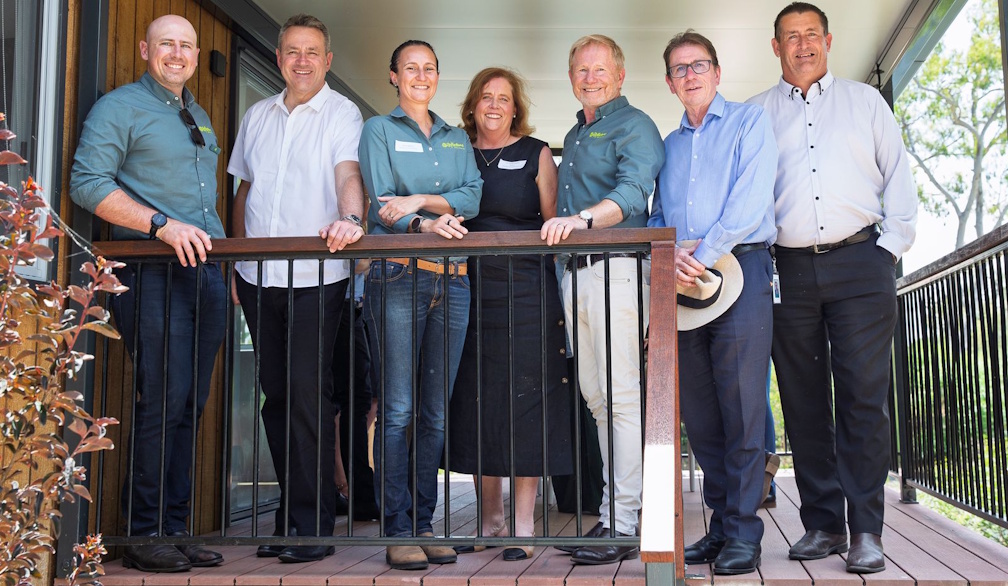Australia Post can't turn back. Here's why
- Written by Flavio Romero Macau, Senior Lecturer in Supply Chain Management and Global Logistics, Edith Cowan University

Hand-written letters and posted bills are disappearing, and they were vanishing well before the latest slump.
Australia Post says between 2007 and 2019 the volume of personally addressed letters more than halved[1] (over a period in which Australia’s population grew 20%).
Over the past year, between May 2019 and May 2020, they slumped a further 36%[2].
Worldwide, postal operators reliant on letters have been experiencing heavy losses. In 2019 the letter side of Australia Post lost $192 million[3].
As it notes[4] on its website, “the amount of postage you are charged to send a letter is substantially less than what it costs us to deliver it”.
It tooled up for the right thing… 20 years ago
For more than a century Australia’s postal service has invested in equipment, skills, and processes to “provide a universal letter service which includes a standard domestic letter service at a uniform price[5]”.
But, like a couple investing in bigger and bigger homes as its family grows, it is now finding time has moved on and it’s left with too much space for the wrong thing.
Lower letter volumes mean trucks leave buildings less than full, equipment is no longer run at full capacity, workers are less-fully occupied, and volume discounts with freight forwarders shrink.
Aggressive delivery standards are the last straw.
Daily delivery matters less
Australia Post has been required to deliver daily[6] (Monday to Friday) to 98% of delivery points. Within cities it has to get there within three business days.
The requirements have made it hard for it to aggregate volumes in order to regain scale.
Rather than waiting for full truckloads it has had to send them out less than full, effectively “moving air”.
So in May the government eased[7] the regulations, “temporarily[8]” for 13 months until the end of June 2021.
Read more: Australia Post's cash cow is drying up: time for some new thinking[9]
Within cities, deliveries could take up to five business days. Mail could be pushed into the slots of city mailboxes (but not country mailboxes[10]) only every second day.
Labor will seek to overturn the change, arguing, with good cause, that the changes are intended to be permanent[11] and that COVID-19 is being used as cover.
It is right to want a debate, but that debate ought to face up to some hard truths
email and instant messaging have replaced letters for communication
apps have largely replaced mail for credit card statements
platforms such as Instagram have largely replaced postcards
platforms such as Facebook have largely replaced birthday cards
(And where people still want to use the post to send cards for events such as birthdays, Mothers Day and Christmas, they can plan well in advance.)
While the door is closing on letters, a window is opening for parcels.
Labor is right to want a debate
COVID-19 accelerated the move from brick-and-mortar stores to e-commerce. Australia Post says parcel volumes almost doubled in May, and are 80%[12] higher than this time last year.
Britain’s Royal Mail reports a 31%[13] increase, a trend it expects to continue after lockdown is lifted.
The challenge is to adapt the previous system to the changed demands.
Different equipment is needed, and retraining. A parcel is heavier than a letter and comes in a wider variety of sizes and shapes.
Automated warehouses and vans can be better suited to handling them than letter sorting machines and motorbikes.
Service will be measured differently
And there’s a need for a different way of measuring good service.
With parcels, people want to know what’s happening. They are often not as concerned with how long it takes to deliver a parcel as not knowing where it is. There’s a role for apps, SMS and emails and options including the delivery to smart lockers where parcels can be collected 24 hours a day.
Read more: Adapt or perish: Australia Post must embrace digital disruption[14]
What comes next for Australia Post will be an unfolding story. Competition in parcel delivery is fierce in the new sharing economy. Anyone with a big enough trunk soon will be able to do deliveries as crowd shipping gains momentum.
One thing certain, and it is summed up best in the words of an Australia Post Community Moderator: “Our letters service is never going to go back to what it was before, I’m sorry[15]”.
References
- ^ more than halved (auspost.com.au)
- ^ 36% (newsroom.auspost.com.au)
- ^ $192 million (auspost.com.au)
- ^ notes (community.auspost.com.au)
- ^ provide a universal letter service which includes a standard domestic letter service at a uniform price (link.springer.com)
- ^ daily (www.legislation.gov.au)
- ^ eased (www.legislation.gov.au)
- ^ temporarily (minister.infrastructure.gov.au)
- ^ Australia Post's cash cow is drying up: time for some new thinking (theconversation.com)
- ^ but not country mailboxes (newsroom.auspost.com.au)
- ^ intended to be permanent (www.tonyburke.com.au)
- ^ 80% (newsroom.auspost.com.au)
- ^ 31% (www.royalmailgroup.com)
- ^ Adapt or perish: Australia Post must embrace digital disruption (theconversation.com)
- ^ Our letters service is never going to go back to what it was before, I’m sorry (community.auspost.com.au)
Authors: Flavio Romero Macau, Senior Lecturer in Supply Chain Management and Global Logistics, Edith Cowan University
Read more https://theconversation.com/australia-post-cant-turn-back-heres-why-140722











